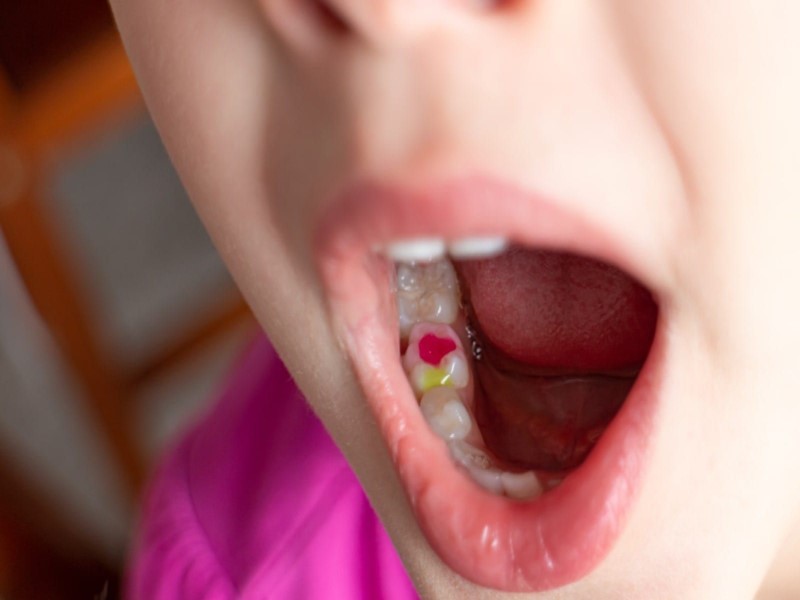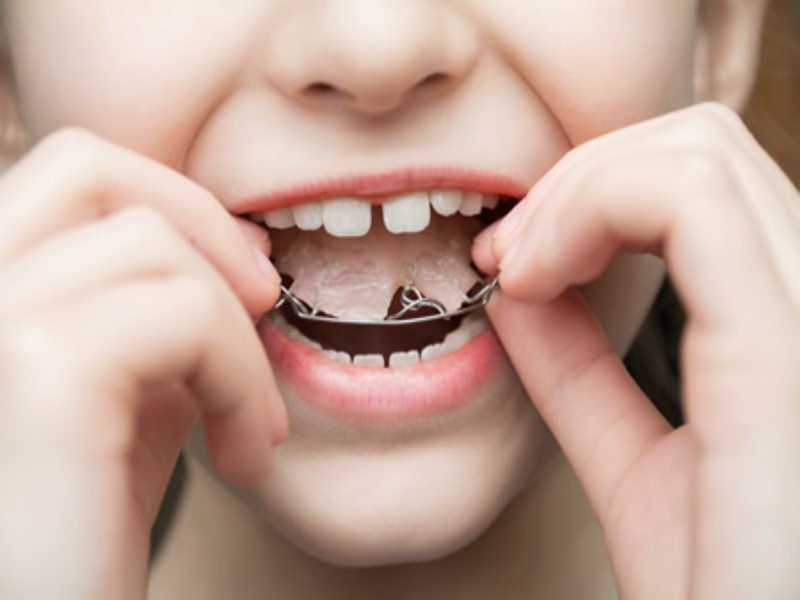تعبئة أسنان الأطفال مقابل التاج
تسوس الأسنان، أكثر الأمراض المزمنة شيوعًا في الطفولة، يشكل قلقًا متزايدًا، حيث تقوم المعهد الوطني لأبحاث طب الأسنان والوجه والرأس بالإبلاغ عن وجود حتى 42% من الأطفال الذين تتراوح أعمارهم بين سنتين إلى أحد عشر عامًا يعانون من تسوس الأسنان. ومع ذلك، يمكن أن يجعل اكتشاف التسوس في مراحله المبكرة عملية علاج هذه المشاكل السنية أسهل بكثير. يتساءل الآباء عادةً عن أي العلاجين أفضل لأحبائهم: تعبئة أسنان الأطفال أم تاج؟ إليك دليل كامل لهذا السؤال.
ما هي تعبئة الأسنان؟
تعبئة الأسنان، المعروفة أيضًا باسم الترميم السني، هي عملية تستخدم لمعالجة الضرر الناتج عن تسوس الأسنان أو التشقق أو التدهور الآخر. يقوم طبيب الأسنان بإزالة المنطقة المصابة أو التالفة من السن قبل ملء الفراغ براتنج مركب أو سبيكة، مما يعيد بنية السن وشكله أساسًا.
يساعد ذلك في منع حدوث مزيد من الضرر واستعادة الوظائف المطلوبة للسن.
مزايا وعيوب التعبئة
تعبئة أسنان الأطفال، مثل أي علاج، لها مزايا وعيوبها الخاصة التي سنناقشها هنا.
مزايا التعبئة السنية
بعض المزايا هي كالتالي:
1. غير الغازية
تشمل تعبئة الأسنان إزالة جزء فقط من السن المتسوس ومن ثم إدخال مادة ذات لون الأسنان، مثل الراتنج المركب. هذا أقل تدخلًا بكثير من الضرورة للخضوع لتركيب التيجان السنية.
2. معالجة فعّالة من حيث التكلفة
تعتبر تعبئة الأسنان اقتصادية بشكل عام مقارنة بالتيجان السنية. على الرغم من أن السعر قد يختلف اعتمادًا على حجم الملء وتعقيد الإجراء، فإنها ستكون عمومًا أكثر بأسعار معقولة.
3. كفاءة الوقت
لا تتطلب تعبئة الأسنان تحضيرًا وتخصيصًا مكثفين مثلما يحدث غالبًا في عملية التاج السني، ويمكن أن تكتمل عادة في موعد واحد فقط للزيارة إلى طبيب الأسنان.
4. مرونة
تعبئة الأسنان مثالية لمعالجة التسوسات الصغيرة وإصلاحات الأسنان الطفيفة، مما يجعلها خيارًا مثاليًا لمعالجة الأسنان التالفة إلى حد ما. في المعركة بين تعبئة أسنان الأطفال والتاج، يبدو أن تعبئة الأسنان هي الفائزة حتى الآن!
عيوب التعبئة السنية
تشمل عيوب التعبئة السنية ما يلي:
1. حماية دون تفوق
قد لا توفر تعبئة الأسنان نفس مستوى الحماية المتوفرة في التيجان السنية، لا سيما للتسوسات الكبيرة أو التلف الأسنان الأكثر تعقيدًا. قد تكون أكثر ملاءمة لأجزاء الأسنان المتسوسة الصغيرة.
2. فترة فعالية قصيرة
بعد فترة معينة، قد تحتاج تعبئة الأسنان إلى أن تُستبدل، مما قد يستلزم زيارات وتكاليف أسنان إضافية.
3. جودة الجمال
على الرغم من أن تعبئة الأسنان بلون الأسنان تمتزج مع لون الأسنان الطبيعي، إلا أنها قد لا تكون بالقدر نفسه من الجاذبية البصرية كالتيجان السنية التي تم تصميمها خصيصًا لتقليد الأسنان المحيطة بدقة أكبر.






